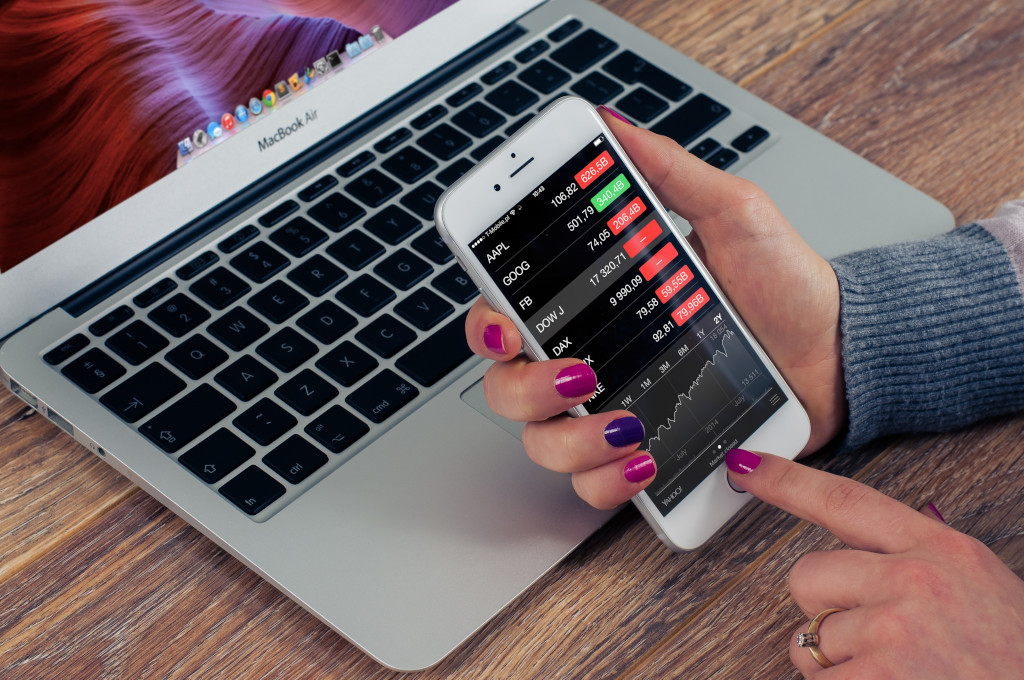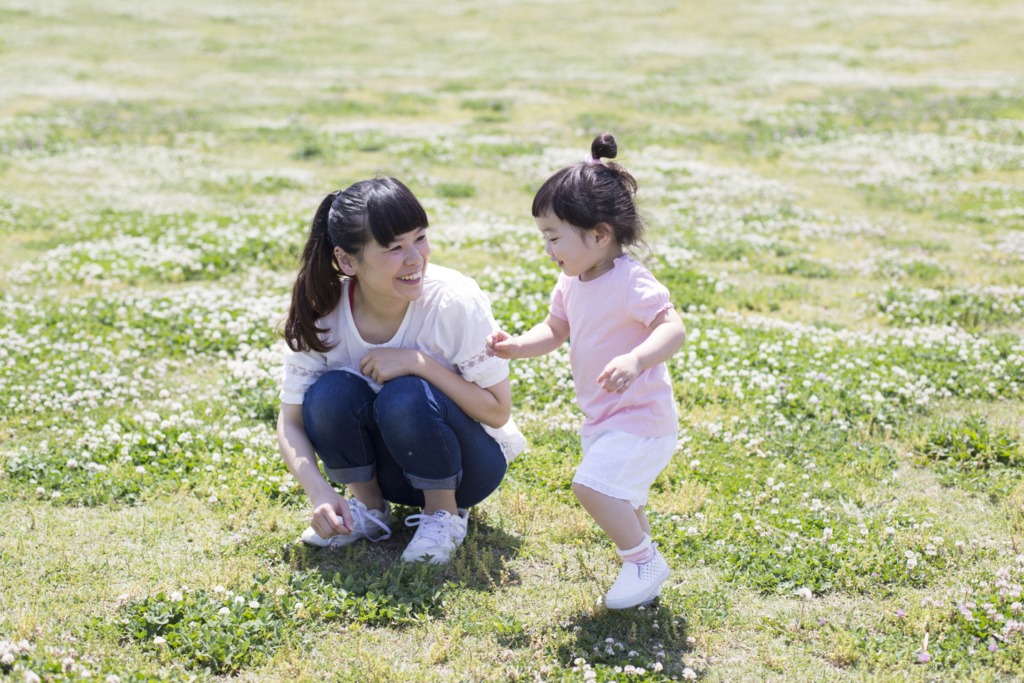SingaporeMotherhood | Parenting
July 2021
Guide to Investment for Stay-at-home Mums (+ a Real-life SAHM Shares)

Most of us know that growing our money is necessary if we want to enjoy our retirement later on. Even more so if we would rather not depend on our children financially as we get older. But for many mums, especially SAHMs without their own source of income, the thought of investment can be daunting. Jennifer Kan, 40, a mother of a seven-year-old daughter (and aspiring for more!) and general counsel at Singapore-based digital advisor Endowus, sheds light on the topic.
1. Isn’t investing my money risky?
The intimidating breadth of investment options and the fear of potentially losing your savings are the most common barriers people encounter when they start investing. It is a common misconception that you must be a financial expert to invest well.
For SAHMs, the real risk isn’t investing itself, but not taking personal responsibility for your future financial needs.
2. But I’m bad at numbers…
Both investing and saving involve setting aside money today to prepare for the future. Studies show that women navigate savings well; most are extremely competent at tracking their spending and saving on a day-to-day level. So why not extend that a little further? Gender is no longer an acceptable scapegoat for not investing at all. And in actual fact, women are surprisingly less risk-averse than conventional wisdom would suggest!
(See also: “Mum, Are We Rich?” – How Would You Respond?)
3. So can’t I just save money in the bank?
While both are excellent choices, investing and saving are not the same. How you combine saving and investing can have a huge effect on your life. Unfortunately, just relying on your savings alone isn’t enough anymore. Cash sitting in a bank account or your safety deposit box depreciates in real value year-over-year due to inflation.
In other words, the price of an item today is usually more than it was in the past, and you can also expect that same item to cost even more in the future. That means you’re essentially losing money — or purchasing power — when you aren’t actively growing your savings to keep up with rising prices and inflation.

4. But how can I invest when I don’t have an income?
As a SAHM, investing for your future can also feature as part of the household budget. Each family has its own way of how expenses are managed, but it is worthwhile having an open discussion with your partner on this. This enables you to better understand the family’s short- and long-term financial needs. It also gives you the chance to discuss your own wishes.
Once an understanding is reached, you and your spouse can invest ‘buckets’ based on the different financial goals for the family, for your children, and for you. If you receive ad-hoc monetary inflows along the way, consider setting aside a portion of this to invest for your own future, wants, and needs.
(See also: 12 Ways You Can Start Saving Your Family Some Money by Being Eco-Friendly in Singapore)
5. Where should I start?
Today, SAHMs can take advantage of what the digital world can offer. In particular, you can find digestible ways to invest by using a low-cost, user-friendly platform. Digital wealth advisors like Endowus allow clients to invest based on their investment goals. They also take into account your investment horizon and risk appetite. Accessing such platforms is fully digital and requires neither investment experience nor complicated, lengthy processes.
The added advantage for a SAHM is that you can monitor your investments on your mobile phone at your convenience. You can make adjustments as and when necessary. No more long queues at the bank, wasting time and money you can’t afford!

6. Which kind of investment is best for SAHMs like me?
There is a wide range of options available on the market. But whether you’re a SAHM or seasoned investor, consider investing in a way that focuses on the following three tenets:
Diversification
Being diversified means having exposure to the growth of the global economy instead of trying to bet on specific countries, sectors, or companies. Diversification is the only ‘free lunch’ in finance. Research has shown that most of the market returns are generated by only a small proportion of companies. Therefore, it is important to diversify so that you do not miss out on these winners.
(See also: 5 Financially-Savvy Super Mums in Singapore who inspire us this IWD)
Low Fees
Keeping your costs low is also critical. Fees may include not just out-of-pocket expenses such as brokerage charges. There may also be hidden charges such as high fund management fees and recurring platform fees charged when liquidating your investments. The difference in fees between various platforms and banks may seem small, but it compounds over time. This can make a significant difference to your returns.
Long-term Market View
Having a long-term view on investing means that you aren’t just trying to make a quick buck in market trading. Selling when prices reach an all-time high and attempting to buy at a lower price later on — these are examples of trying to trade and time the market. Staying invested throughout market ups and downs and withholding the temptation to cash out on short-term gains is important.
7. Any final words of advice for a newbie SAHM investor?
Taking stock of your personal needs, understanding your risk tolerance, and defining your goals should take precedence over choosing between investment options. Once you have taken into account your own financial goals and your family’s financial goals, you can take a goal-based investing approach to choose the appropriate investment solutions for your financial needs.

33-year-old SAHM Chloe Shares Her Investment Journey
“I started my career in one of the top American investment banks straight out of university but decided to stop working to start a family. It was not an easy decision, but I was fortunate that my partner was supportive, and that we can live comfortably off a single income. There are no rest days as a SAHM, and sometimes I do miss the adult conversations and sense of achievement I derived from working. But with my daughter now 1.5 years old, I’m grateful that I can be there for all her key moments growing up.
I put off investing in my younger years, waiting to accumulate a larger nest egg before I started. Ironically, I only began investing after I stopped making an income, because I knew that I had to grow the savings I had worked so hard for, rather than let inflation eat away at it. I chose to invest in a simple, fuss-free global investment portfolio with a digital wealth platform, with a mix of stock and bond funds.
(See also: How EQ can Equip Your Kids for Financial Security)
Making the move to take control of my own money has been empowering. The process of opening an account and investing was extremely easy. It’s probably too soon to reap the benefits — the portfolio does have its ups and downs. I have to remind myself that this is a long-term investment portfolio. and I shouldn’t let the fluctuations affect me.
Honestly, my only regret is not starting earlier. Still, I want other SAHMs to know that it’s never too late to take that first step. Even starting small is better than not starting at all, and your future self will thank you for the decision you make today. I want to make sure my daughter learns these lessons early on in life.”
All content from this article, including images, cannot be reproduced without credits or written permission from SingaporeMotherhood.
Follow us on Facebook, Instagram, and Telegram for the latest article and promotion updates.





